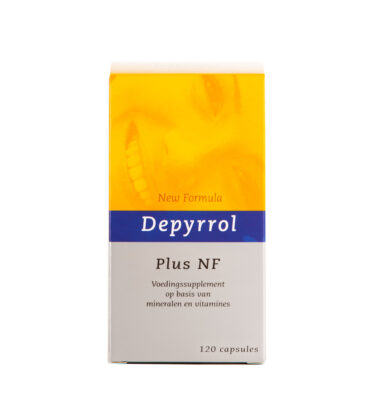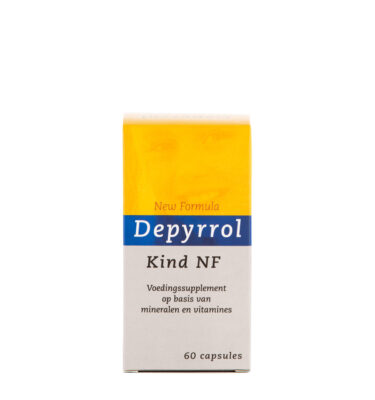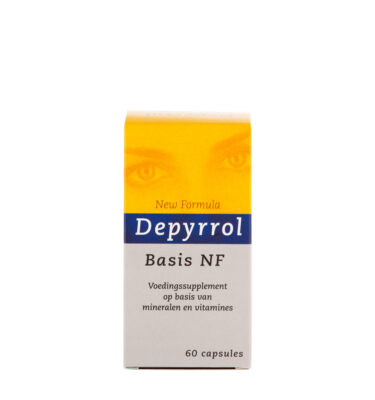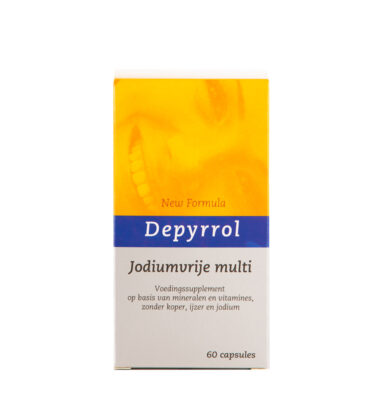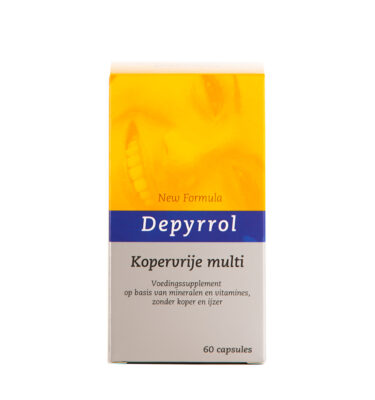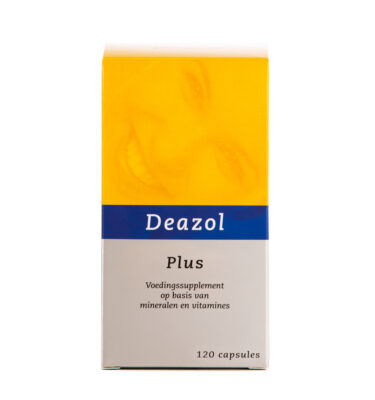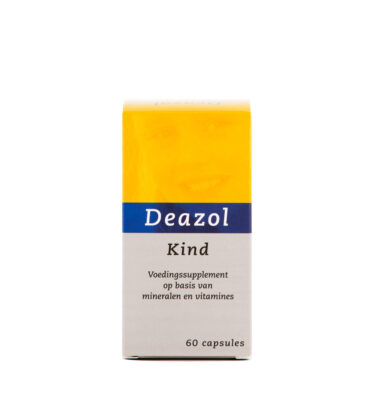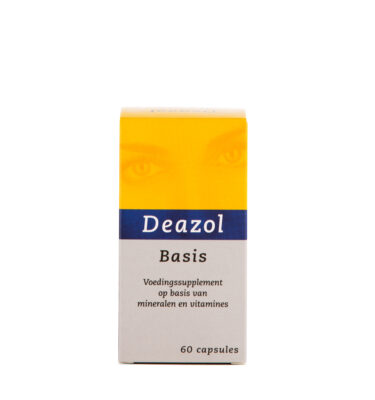it was not generally demonstrated in other animals. Basically, a horse with HPU has a chronic deficiency of the active form of vitamin B6 (pyridoxal-5-phosphate) and zinc. The regular form of vitamin B6 can even be high-standard or increased. This chronic imbalance in the micronutrients can be expressed in several symptoms and that makes a diagnosis particularly difficult – but not impossible. Scientists estimate that between 10-12% of the horses have this predisposition.
Shortage of P5P and zinc
The real cause of chronic vitamin B6 and zinc deficiency lies in the base of the heme metabolism. A very complex linear chain, methylhydroxybilan, is spontaneously closed at HPU and converted into Copro I; instead of enzymatically in Copro III. The degradation of Copro I makes the waste product hemopyrrollactam. Heem, which is produced from Copro III, is part of the red blood dye hemoglobin. However, heme is also a building block for muscle protein (myoglobin), the detoxification enzymes (Cytochrome P450) and many other enzymes. The degradation products of Copro I and heme are toxic products and have to be eliminated from the body. Normally, heme is removed via the gallbladder and intestines. Four pyrrol molecules bind to one bile acid molecule to form a complex that is excreted via the bile in the intestine. This complex therefore plays a role in the degradation of heme in contrast to HPU where the complex plays a role in the building of heme.
In a case of HPU a considerably larger amount of toxic pyrroles is formed. In this case, the excretion takes place as an HPL complex via the kidneys and is found in the urine of the horse. The hemopyrrol is linked to two substances on the way to the kidneys: metabolic products of the vitamin B6 metabolism (pyridoxine or pyridoxic acid) and zinc, which neutralizes the toxic pyrrol into an innocent complex. The three substances form a single complex, which is then eliminated from the body via the urine. It is not only the toxic pyrrol, but also the important micro-nutrients vitamin B6 and zinc, which are removed from the body in this way. However, severe deficits will not be able to lead to this, but due to a disturbance in the conversion of pyridoxine into pyridoxal-5-phosphate (P5P) and a disturbance in the absorption of zinc in the intestine due to a build-up in the conversion of sugars and carbohydrates. it to serious shortages.
Glycogen metabolism
P5P binds to glycogen phosphorylase, one of enzymes that play a role in glycogen synthesis. Up to 50 molecules of P5P can be bound per enzyme. P5P stabilizes the enzyme, making it less subject to degradation. Conversely, bound P5P is not degraded so quickly with effort (85% in 15 minutes of effort). Muscles increase in volume and glycogen can be converted into glucose if the sugar level falls. Glycogen works as a storage for P5P. A prolonged vitamin B6 deficiency reduces the glycogen phosphorylase and with it the amount of P5P that can be stored to a maximum. The vitamin B6 concentration in the blood decreases with age. The concentration in the heart and brain increases with age, while the concentration in the stomach, kidneys and liver decreases. In the muscles, the amount of glycogen phosphorylase decreases with age and thus the amount of P5P, depending on the glycogen concentration. The excretion of 4-pyridoxic acid, the degradation product of P5P, increases with age, and thus the amount of HPL that can be excreted.
These shortages lead to a whole series of disturbances within the organism. Both zinc and vitamin B6 are involved in a variety of metabolic processes. Zinc plays a role as a cofactor in more than 300 enzymatic reactions and is therefore an essential part of these metabolic processes. Vitamin B6 is important because of its role in many metabolic processes in carbohydrate and protein metabolism.
Difficult diagnoses
HPU means a deficiency of active vitamin B6 and zinc. As already described, both micronutrients are essentially involved in many metabolic processes in the body. A deficit thus disrupts various areas in the body, so that different symptoms can be expected. Therefore, it is difficult in case of horse disease to exclude HPU, because it can be the cause for the striking behavior, just like various other diseases. However, the disease is clearly diagnosable if an increased secretion of HPL in the urine has been detected.
While HPU often shows more behavioral problems and mental disorders or concentration problems such as ADHD in men, HPU manifests itself mostly through behavioral problems. Other symptoms include fright, headshaking, eczema, exhaustion, poor exercise or equine metabolic syndrome.
As a result of HPU, the following syndromes can develop in horses:
- Chronic bacterial infections (Borreliosis) or viral infections (Herpes, Borna)
- Mycosis (fungal diseases), mug (mud fever)
- Infertility in mares
- chronic diseases such as allergies, summer eczema, chronic bowel problems, unclear colic, chronic obstructive bronchitis (COB), laminitis
- Multiorgan diseases (headshaking, summer eczema, laminitis, metabolic syndrome, horse fibromyalgia syndrome
- ADS, concentration disorder
- psychological (behavioral) disorders, depression, anxiety disorders, delusions
Therapy
The therapy is based on supplementing the missing nutrients and must be done by an experienced veterinarian / therapist. Available dietary supplements for humans are not recommended to compensate for the metabolic deficiencies because they generally contain a lot of sugar, molasses or fructose. The supplementation of active vitamin B6 (pyridoxal-5-phosphate, P5P) and zinc should be done daily for several months. Vita complex (Heidelberger Chlorella) can be useful as a base to which 50 mg P5P (active vitamin B6) is added daily. For example, a horse with summer eczema must receive other vital substances as a headshaker. More information about HPU in horses can be found in the Praxishandbuch Pferdegesundheit of Ingolf Bender and Dr. Tina Maria Ritter (Franckh-Kosmos-Verlags, GmbH 2008, ISBN 978-3-440-11064-5).
Other tests
At horses with HPU, additional research, such as cortisol or amino acid analysis, can be done via the urine.

